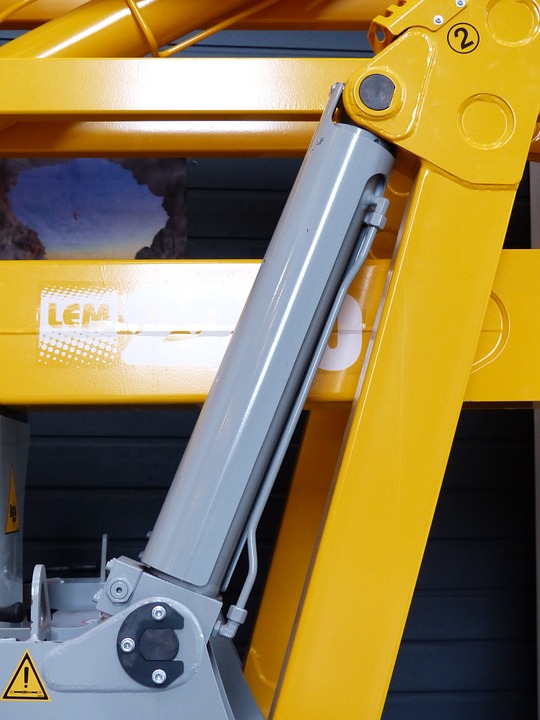Industrial equipment have a wide range of components and fittings. Hydraulic systems, for instance, are fitted with different types of fittings and adapters with varying thread forms and sealing methods. So, before you do any kind of hydraulic cylinder repair, you have to get the size of the different parts right.
Normally, hydraulic fittings are differentiated by their threads. You have to know what thread your hydraulic fitting uses so that you can buy a similar one as a replacement. If you don’t get the size right, the thread may break during the installation and this may compromise the performance of your hydraulic system. The hydraulic seal may not hold the fluid pressure and this contributes to the leakage of the hydraulic fluid. On the flip side, a properly identifying thread can go a long way in helping you maintain safe and productive operations.
But before you determine the size of the thread, you first need to know the type.
Types of Thread
The commonest hydraulic threads:
• British Standard Pipe (BSP) thread: The thread seals using an O-ring and popular for metal-metal angles.
• Metric Thread: This thread also comes with an O-ring and has a seal angle that is 240.
• Joint Industry Council (JIC) thread: This thread is used to seal metal surfaces and has a seal angle that is 370.
• O-Ring Face Seal (ORFC): This thread uses the O-ring mechanism to build a hose assembly.
Sizing Guide
Once you know what type of threads to use for your hydraulic fittings, the remaining thing is to get the size correct. You should follow these simple steps:
• Identify if it’s parallel or tapered: You can do this through a visual examination. A tapered hydraulic thread is small in diameter at the end while a parallel hydraulic thread is the same diameter from end to end.
• Identify the thread’s pitch: You can use a pitch gauge to determine the thread’s pitch. The pitch for a Metric Thread, for example, can be 1.0, 1.5. or 2.0 while that of a BPS thread can be 11, 14, or 19.
• Determine the perfect size of the thread: Once you have the pitch right and you know if the thread is tapered or parallel, you just need to use a caliper to determine its perfect size.
Final Thoughts
With the above hydraulic cylinder repair guide, it’s easy to replace your hydraulic fittings since all you need is getting the thread size right. This ensures that you do the right replacement and are able to use the fitting for longer.






